The 1st International Workshop on “Advancement of polarimetric observations: calibration and improved aerosol retrievals” (APOLO2017) was held in the Science Island, Hefei from October 24 to 27, 2017.
This conference aims to promote international collaboration as well as in-depth exchange of ideas and experiences on diverse aspects of polarimetric remote sensing and inversion technology.
More than 200 scholars and experts (including more than 50 international scholars) from 14 countries, including China, the United States, Germany, France, Japan, Russia, India, Argentina and Ukraine, attended the conference.
At the opening ceremony, Prof. Oleg Dubovik, a renowned international scholar at the University of Lille, France, had a overview talk.
He stressed the potential of polarization detection ability and application of satellite remote sensing technology, and hoped that this meeting will further promote exchanges and cooperation among countries of the experts.
YU Qi, deputy director of the International Cooperation Department of China National Space Administration(CNSA), sent his warm welcome to the scientists all over the world, and expressed her expectations for the sharing and communication of the participants.
Prof. ZHENG Xiaobing, deputy director of Anhui Institute of Optics and Fine Mechanics (AIOFM) said that AIOFM has many years of experience in polarization detection and polarized space sensor development, hoping to launch many positive cooperation with the international advanced research institutions, and jointly promote the development of polarization remote sensing technology.
At the meeting, Prof. Michael Mishchenko of National Aeronautics and Space Administration (NASA) gave a keynote entitled Current Status of the Vector Radiative Transfer Theory, which details the polarization detection mechanism and radiative transfer theory, and makes a summary and forecast of the main problems of the current research and the future development trend of the field.
Subsequently, the experts carried out in-depth exchanges and discussions on several topics, including polarization remote sensing theory progress, polarimetric observation optimization strategy, polarization inversion algorithm and polarimetric calibration verification technology.
The European Organisation for the Exploitation of Meteorological Satellites (EUMETSAT),French Centre National d'Etudes Spatiales(CNES),National Aeronautics and Space Administration(NASA), and other international space agencies mainly introduced the latest developments in the polarization observation and atmospheric remote sensing research in recent years: All developed countries are actively developing new polarimetric remote sensing sensors and algorithmic models. At present, a number of related satellite launch plans are being implemented or planned.
Prof. HONG Jin and Prof.SUN Xiaobing of AIOFM respectively presented the development and application situation of Chinese polarized satellite sensor,the multi angle polarization of atmospheric aerosol detector (DPC) and GF-5 were included.
DPC is one of the main loads of China's GF-5 satellite. It is mainly used to obtain multi-angle multi-spectral polarized radiation data of the earth's atmosphere for atmospheric aerosol and cloud observations, and obtain the spatial and temporal distribution information of global atmospheric aerosols and clouds (including aerosol optical thickness, particle size distribution, refractive index, single scattering albedo, particle shape, as well as cloud particle size distribution, cloud state, cloud optical thickness,etc.) to meet the applications of global climate change research, atmospheric environmental monitoring, remote sensing data high-precision atmospheric correction.
They pointed out that although Chinese polarized study started late, it has effectively improved the ability of polarization remote sensing detection from many aspects, and has far-reaching potential for development and international cooperation space.
The symposium was organized by CNRS, CNES, EUMETSAT, NASA and CNSA, jointly organized by Key Laboratory of Optical Calibration and Characterization, AIOFM and State Environmental Protection Key Laboratory of Satellite Remote Sensing, Institute of Remote Sensing and Digital Earth, CAS.
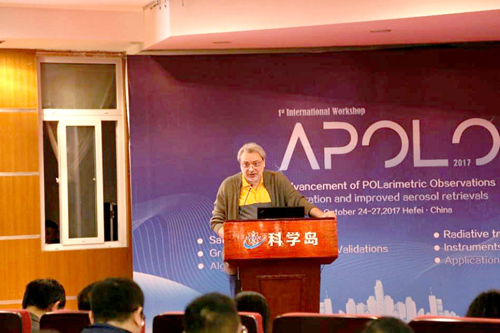
Prof. Michael Mishchenko in talking a keynote (Imaged by QI Qiong)
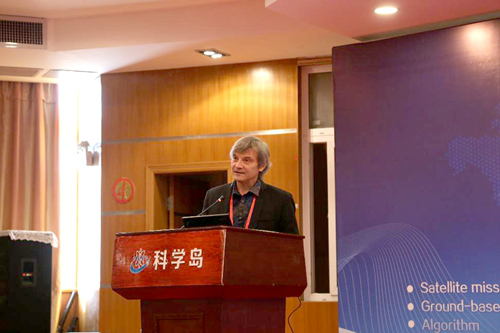
Prof. Oleg Dubovik in a overview talk (Imaged by QI Qiong)

YU Qi in Speech of welcome (Imaged by QI Qiong)
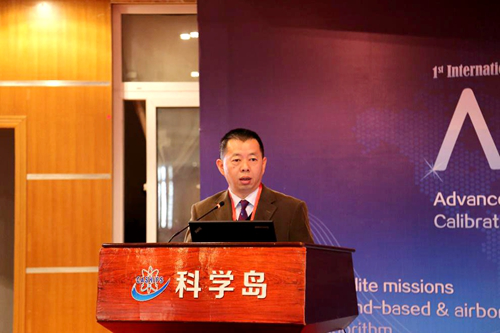
Prof.ZHENG Xiaobing in the organizers speak (Imaged by QI Qiong)
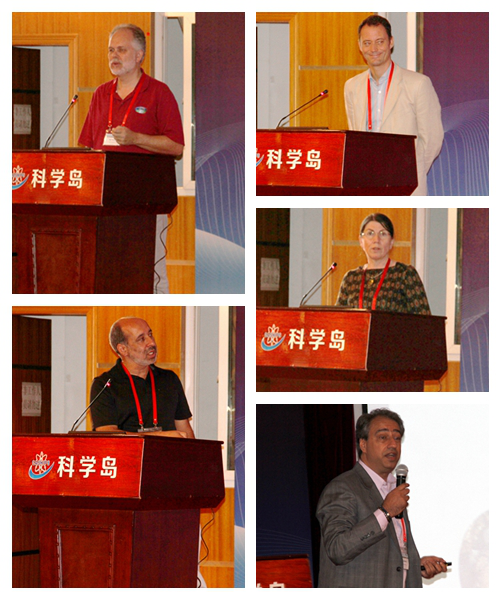
Reports (Imaged by QI Qiong)
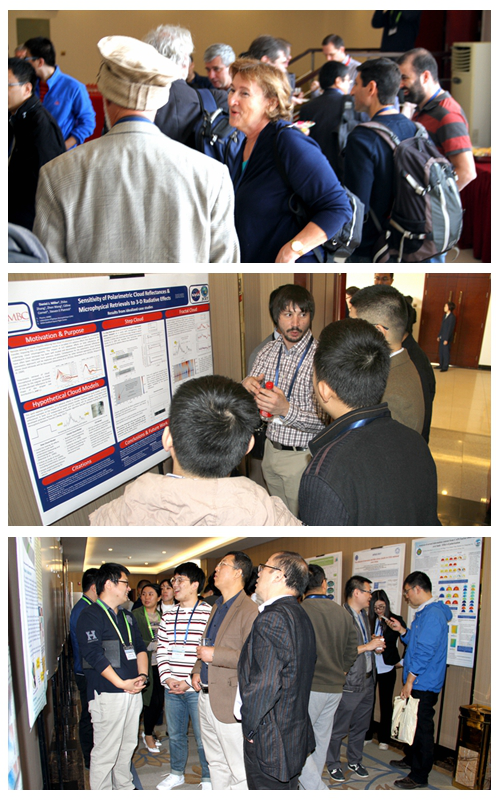
Wall newspaper (Imaged by QI Qiong)
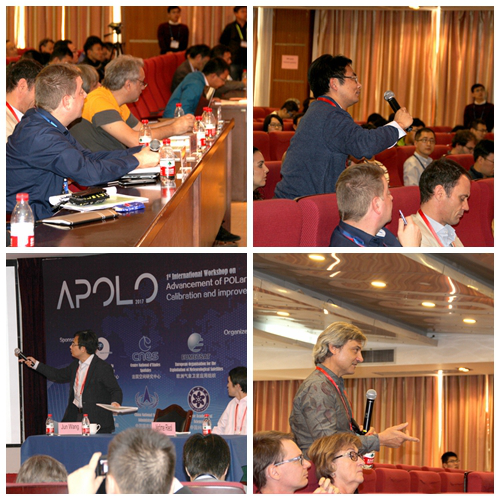
Communication (Imaged by QI Qiong)
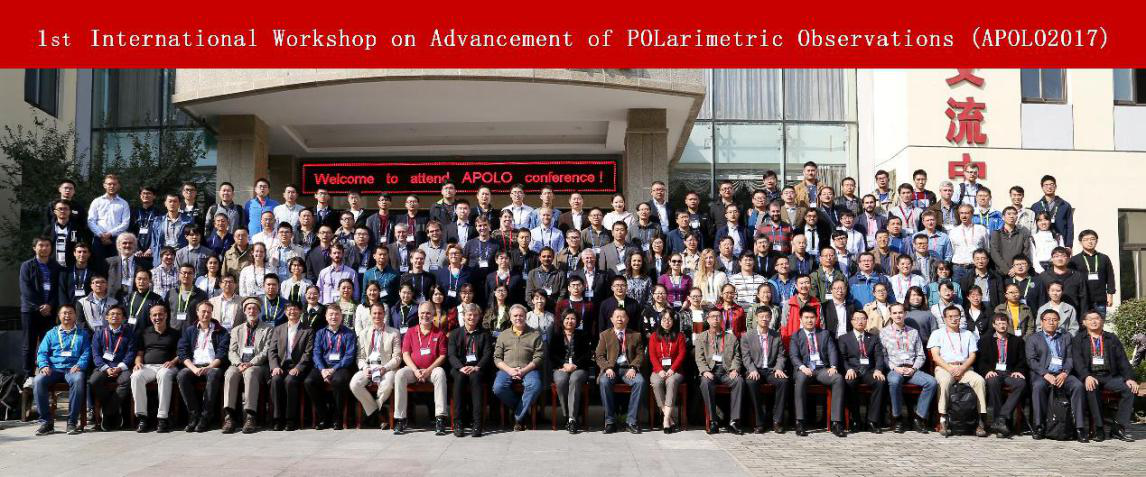
Group photo (Imaged by QI Qiong)
 Tel: +86-551-65591206
Tel: +86-551-65591206
 Fax: +86-551-65591270
Fax: +86-551-65591270
 Emai: zhous@hfcas.ac.cn
Emai: zhous@hfcas.ac.cn
 350 Shushanhu Road
350 Shushanhu Road